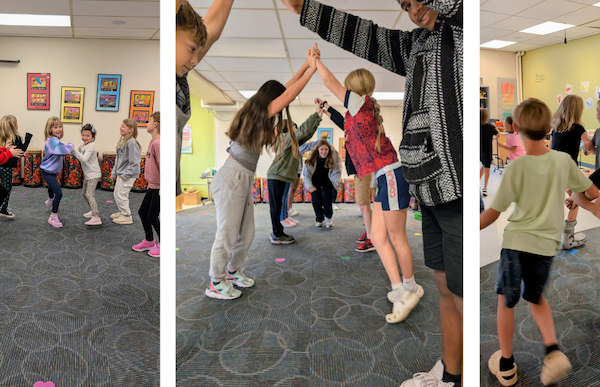
It’s Not Something to “Fix”
April 8, 2025
Happy young saleswoman in modern supermarket. Female on a holiday job at grocery store smiling at camera.
For those with ADHD, it’s advisable to consider maturity level. Our teens with ADHD are few years behind others their age when it comes to executive functioning (many will point to Russel Barkley’s 30% rule), so take time to consider your unique situation.
Many teens are ready to work, and ADHD certainly isn’t a disqualifier. Dr. Sharon Saline, Psy.D., an ADHD expert who writes frequently for ADDitudemag.com, highlights some of the benefits:
“A job teaches different skills and builds self-esteem. Whether they are stocking shelves at a grocery store, babysitting, or working as a cashier at a coffee shop, they are building life skills that are not dependent on academic abilities. By showing up, demonstrating responsibility, sticking with your assigned tasks and staying even when you’re tired and want to leave, kids learn what it means to practice ‘adulting.’ Their paycheck (along with any positive feedback from supervisors) acts as the currency that tells them they’ve done a good job and are on the right track.” For more, check out these 10 criteria for job hunting.
If a summer job isn’t in the plans, and schedule permits, there are other ways to provide structure and avoid letting your teen languish for weeks on end.
Consider educational opportunities like camps and lessons. Whether you choose an academic program, sports, or other groups, some structured activities can help break up the months away from school without making anyone feel over-scheduled. (Make sure to check out some of the short summer courses at Springer!)
Volunteering can be another happy medium between working and vegging-out all summer. Plus, contributing to a meaningful cause can feel really good, and may even spark new interests. As a bonus, students may be able to earn service hours that can be counted toward school requirements.
Tips: CincinnatiCares.org provides a collection of volunteer opportunities in the Greater Cincinnati Region. As a bonus, you can sort the opportunities based on age, interest and more.
For paying jobs, you'll need to be aware of the rules for minors in your state. Here's what you need to know about working minors in Ohio. Info for parents on minors working in Kentucky can be found here.
Thinking ahead can help you prioritize the things that are important to you and your family this summer, and give you some interesting new things to look forward to!



